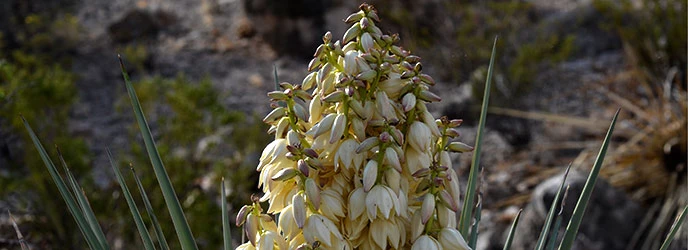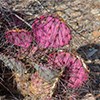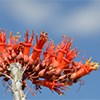
NPS Photo/Cookie Ballou Cacti and succulents, such as agaves, yuccas, and ocotillo, are xerophytes—plants that possess highly adaptive characteristics that allow them to thrive in bone-dry conditions. Forced to survive by conserving water, these plants have evolved into uniquely shaped characters, with atypical characteristics. Cacti and desert succulents are often confused because of their spiny appearance, but each has its own set of distinct traits. Cacti and succulents use a photosynthesis process called Crassulacean Acid Metabolism or CAM. Minute pores in the plant's skin surface—called stomata—open only at night. Carbon dioxide is absorbed through these minute openings and chemically stored as an organic acid. Much less stored moisture is lost by the plant's use of this nightly process. During the day, carbon dioxide is internally released from the acid and made available to the plant. The trade-off in this delayed system of photosynthesis is that cacti and succulent species generally grow very slowly.
CactiCactus have a thick fleshy outer "skin" glazed with a waxy layer that efficiently protects the plant against both moisture loss and the sun's radiant heat. Leaves (lost through evolution) have been replaced by spine clusters. For more information visit the cacti page. 
Desert SucculentsSucculents, like agaves and yuccas, have long fibrous leaves that may be barbed with treacherously sharp spines, but surprisingly they are more closely related to lilies than to cacti. Visit the desert succulents page for more information. |
Last updated: August 14, 2020
